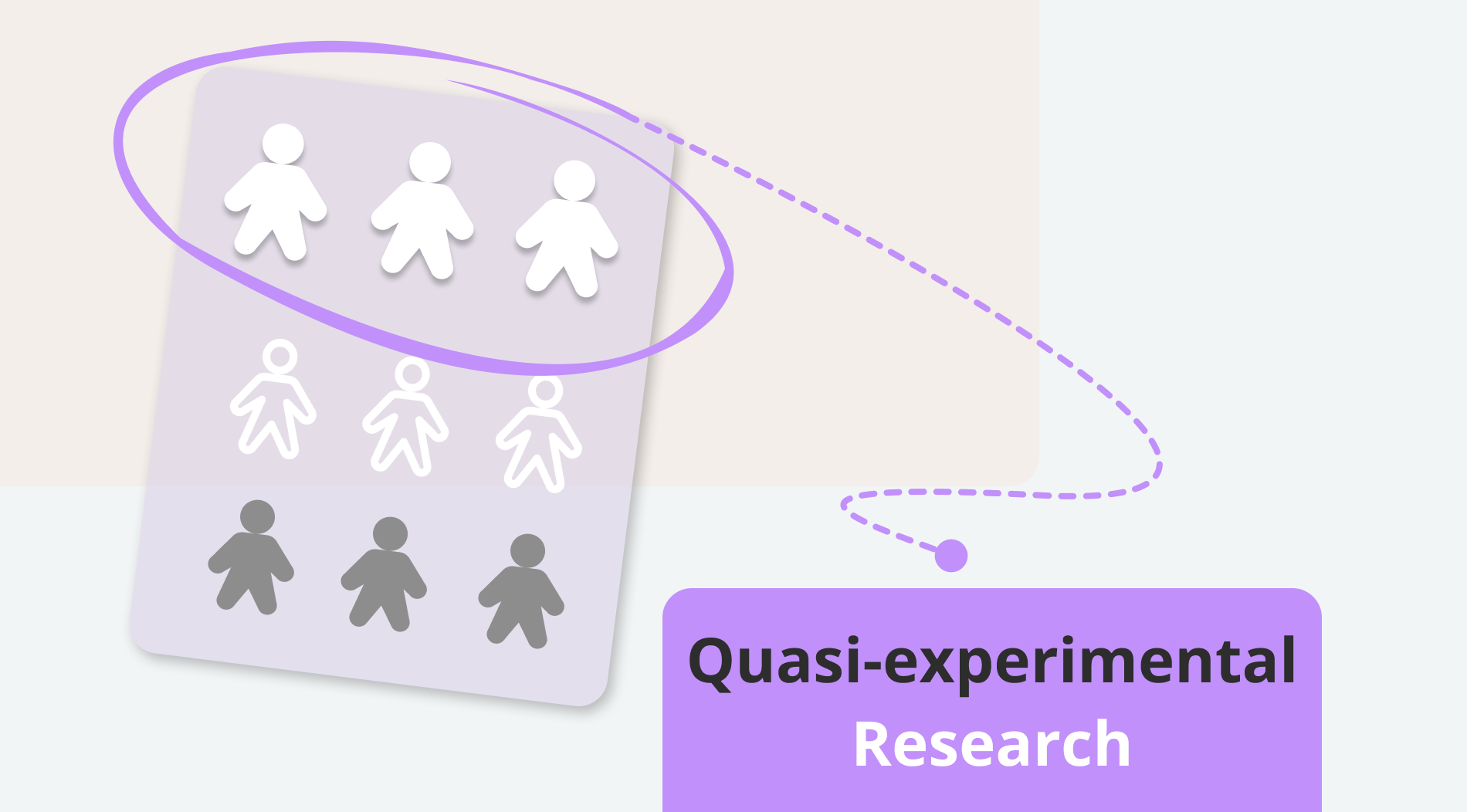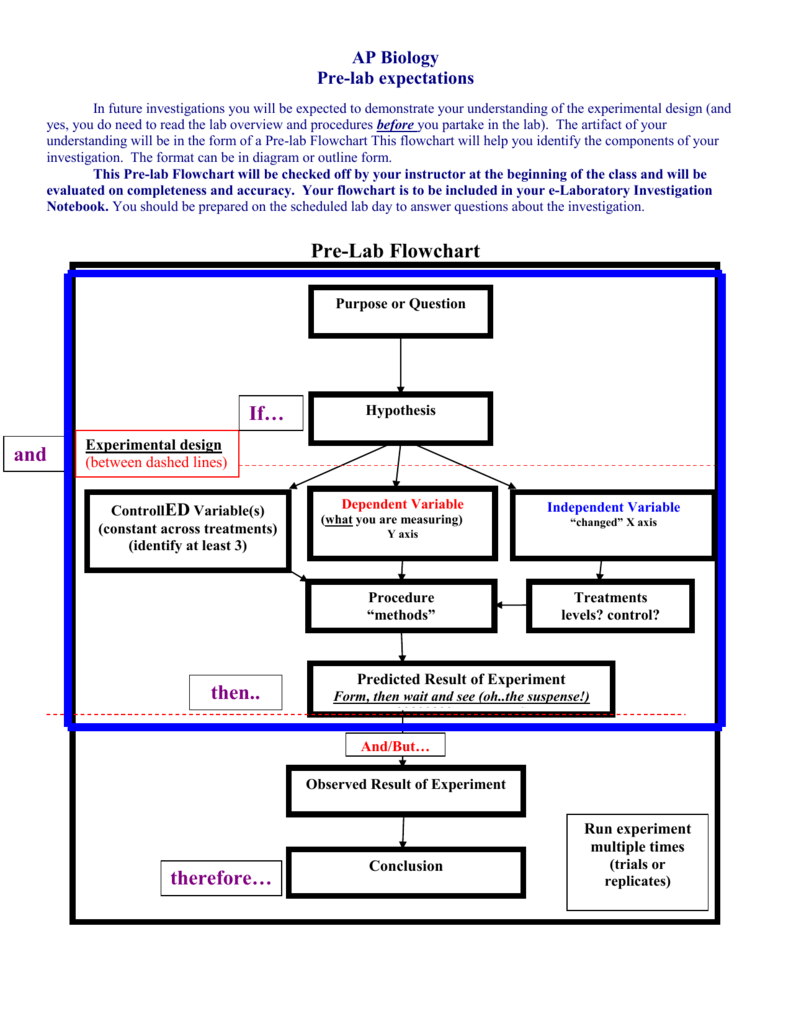Table Of Content

And children who reach their sixth birthday by December 31 are enrolled in first grade the following August, whereas younger children are not. Given assessment of the outcome following the intervention, comparison of the outcomes at the threshold for the intervention and in control groups permits strong causal inferences to be drawn. It first reviews selected designs (regression discontinuity designs, interrupted time series analysis, observational studies, pre-/posttest designs, and economic cost analysis) commonly used as alternatives to randomized experiments.
Inadequate Literature Study
In this section, some commonly utilized quasi-experimental designs from Reichardt’s framework are described. First, two designs involving nonrandom, quantitative assignment rules—the regression discontinuity design and the interrupted time series design—are discussed. Next, the observational study (also known as the nonequivalent control group design or nonequivalent recipients design), in which the basis for assignment is unknown, is considered. Finally, the pre-experimental pre–post design, commonly utilized by decision makers, is discussed.
Exploratory and Confirmatory Research
They are typically used when resources are limited, or when the research question does not require a high degree of control or precision. Key characteristics of these designs include the use of a single group, the lack of a control group, and the absence of random assignment. The reason being testing a hypothesis or dissolving a problem can be quite a difficult task, let’s say close to impossible. This being said, researchers find it challenging to generalize the results they got from the pre-experimental design, over the actual experiment.
Effectiveness of integrated nutrition interventions on childhood stunting: a quasi-experimental evaluation design - BMC ... - BioMed Central
Effectiveness of integrated nutrition interventions on childhood stunting: a quasi-experimental evaluation design - BMC ....
Posted: Thu, 13 May 2021 07:00:00 GMT [source]
Pre-experimental Design: Definition, Types & Examples
The knowledge of the specific letters chosen for inclusion in the program could be compared with the knowledge of the control letters to assess the program’s effectiveness. Once again, each of these types of units could potentially be assigned to treatment conditions using any of the three assignment rules. Unfortunately, the design only uses for post-tests, so it is not possible to know if the groups were comparable before the stimulus or intervention.
For example, Stratmann and Wille (2016) [2] were interested in the effects of a state healthcare policy called Certificate of Need on the quality of hospitals. In this research design, an independent variable is manipulated, but the participants of a group are not randomly assigned. This type of research design is used in field settings where random assignment is either irrelevant or not required. In this arrangement, subjects are presented with some type of treatment, such as a semester of college work experience, and then the outcome measure is applied, such as college grades. Like all experimental designs, the goal is to determine if the treatment had any effect on the outcome. Without a comparison group, it is impossible to determine if the outcome scores are any higher than they would have been without the treatment.
The One-Shot Case Study.
In addition, there are online resources that allow researchers to preregister their experimental protocols, such as preclinical. Reynolds and West (1987) matched treatment and control stores on sales in the prior game and on ZIP code (a proxy for neighborhood socioeconomic status). As shown in Figure E-2, they implemented the basic observational study design and then added several design features to address possible threats to the certainty of the causal relationship (internal validity). Panel (b) displays the results from a set of nonequivalent dependent measures, sales categories that would be expected to be affected by other general factors that affect sales but not by the intervention. The increase in sales of lottery tickets was greater than the increase for other sales categories. Panel (c) displays the results from a short time series of observations in which the sales campaign was implemented in the treatment stores in week 4 of the game.
Types of Pre-experimental Designs
Early work on the RD design in the behavioral sciences typically assumed that a regression equation representing a linear effect of the assignment score on the outcome plus a treatment effect estimated at the cutoff would be sufficient to characterize the relationship. More recent work in econometrics has emphasized the use of alternative methods to characterize the relationship between the assignment variable and the outcome separately above and below the threshold level. For example, with large sample sizes, nonparametric regression models can be fit separately above and below the threshold to minimize any possibility that the functional form of the relationship is not properly specified. Second, in some RD designs, the quantitative assignment variable does not fully determine treatment assignment. Econometricians make a distinction between “sharp” RD designs, in which the quantitative assignment variable fully determines treatment assignment, and “fuzzy” RD designs, in which a more complex treatment selection model determines assignment. These latter designs introduce considerably more complexity, but new statistical modeling techniques based on the potential outcomes perspective (see Hahn et al., 2001) minimize any bias in the estimate of treatment effects.

In contrast, descriptive research describes a study or a topic by defining the variables under it and answering the questions related to the same. Since school days’ students perform scientific experiments that provide results that define and prove the laws and theorems in science. In a pre-experiment either a single group or multiple groups are observed subsequent to some agent or treatment presumed to cause change. Finally, the use of pooling in weighing and supplementing evidence becomes an important negotiating process among organizations cooperating in community-level and other broad collaborative programs and policies. Each participant in such collaborations will weigh different types of evidence differently, and each will have an idiosyncratic view of its own experience and what it says about the problem and the proposed solutions (Best et al., 2003). This recognition of complexities in the evidence and multiplicities of experience has led to a growing interest in systems theory or systems thinking (Green, 2006) (see Chapter 4).
And, without any pre-test scores, it is impossible to determine if any change within the group itself has taken place. However, it is worth pointing out that the notion that experimental biases could significantly impact on in vivo animal studies is often assumed because they are believed to be important in clinical research. Therefore, such an assumption may be flawed, as the body of evidence showing the importance of bias-reducing methods such as randomisation, blinding, etc. for animal studies is still limited and most of the evidence is indirect. Furthermore, there may also be sources of bias which impact on preclinical studies which are currently unknown. Thus, systematic review and metaanalysis of in vivo studies have shown that papers that do not report bias-reducing methods report larger effect sizes (Vesterinen et al. 2010). However, these studies are based on reported data alone, and therefore there might be a difference between what researchers do and what they report in their publications (Reichlin et al. 2016).
Experimental research is conducted to analyze and understand the effect of a program or a treatment. There are three types of experimental research designs – pre-experimental designs, true experimental designs, and quasi-experimental designs. The incidence-based approach (also referred to as a “lifetime cost” or “longitudinal” approach) aims to estimate the additional costs expected to result from a given condition in a specific population over their lifetimes. When applied to health care costs resulting from obesity, this approach balances the additional health care costs an obese individual faces at a point in time against the health care cost savings that accrue as a result of the shorter lifetime of an obese individual.
For each design, Campbell’s and Rubin’s perspectives (detailed in Chapter 8) are brought into the discussion as the basis for suggestions for enhancements that may lead to stronger causal inferences. Matching is another approach in quasi-experimental design to assigning experimental and comparison groups. Preclinical studies using animals to study the potential of a therapeutic drug or strategy are important steps before translation to clinical trials. However, evidence has shown that poor quality in the design and conduct of these studies has not only impeded clinical translation but also led to significant waste of valuable research resources.

No comments:
Post a Comment